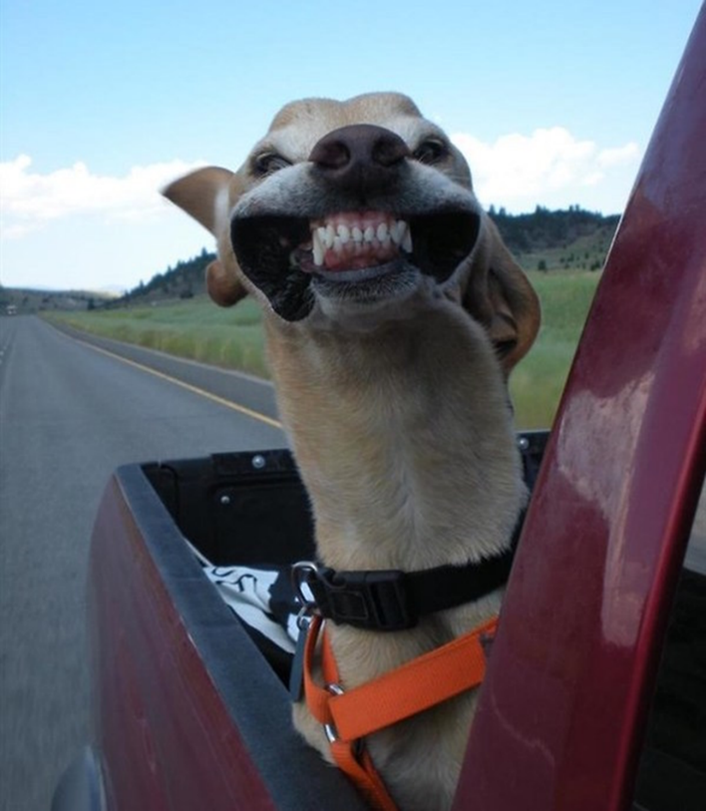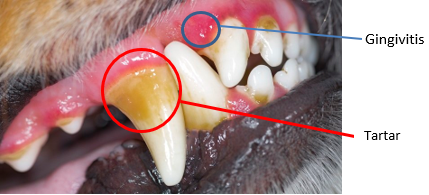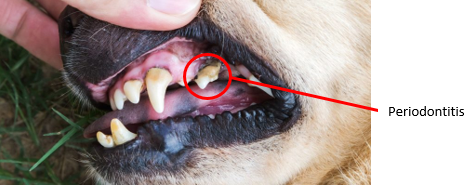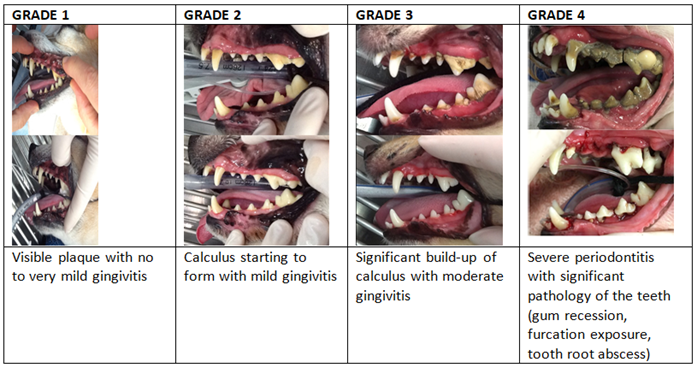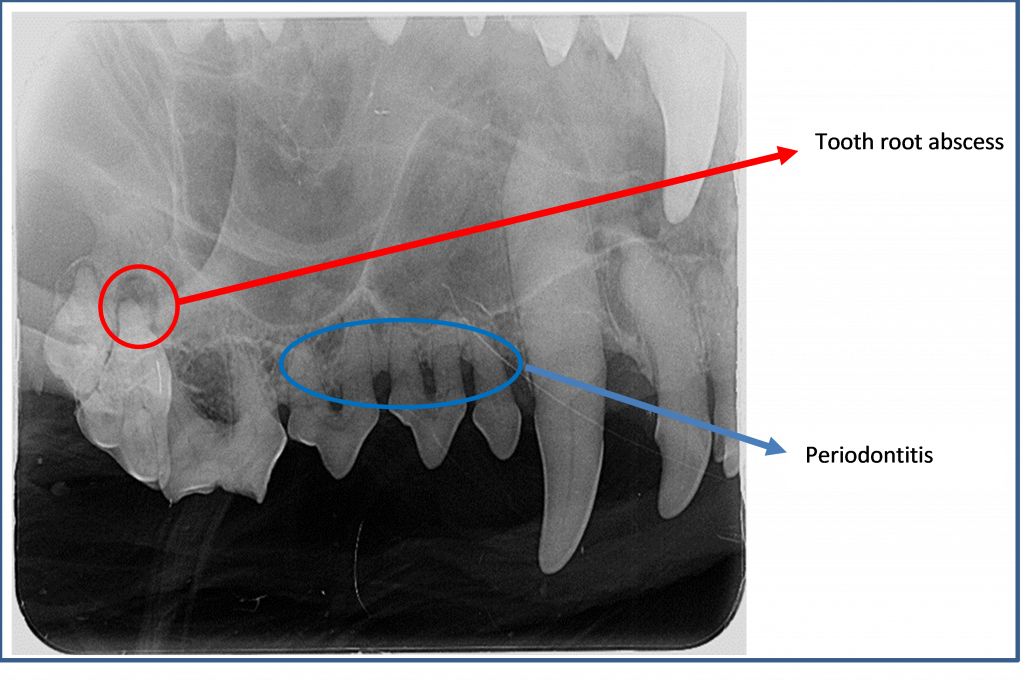Dental disease in our pets often slips below the radar as dental problems are not always easily noticed or seen. By the time our pet’s start to go off their food or develop a smelly breath, the disease is often quite advanced. With our Dental month fast approaching we thought it was an opportune time to recap some of the information useful to prevent dental disease in our pets.
First the science bit ……. Dental disease or periodontal disease is inflammation or infection of the gums and supportive structures of the teeth. Dental disease is one of the most common diseases seen in small animal practice. This disease begins with deposition of plaque over the surface of the teeth. Plaque is a biofilm composed of bacteria within the mouth, saliva and sugars in the foods we eat. If caught early (within 1-3 days of deposition), this can be brushed off the teeth with a toothbrush. In the early stages of dental disease gingivitis is seen. Gingivitis is inflammation of the gums that occurs due to the layer of plaque over the surface of the teeth. If plaque is allowed to develop and remain undisturbed for 3 days it becomes mineralised from all of the minerals in saliva and calculus (tartar) is formed. Unfortunately once calculus is formed it is impossible to brush off and accelerates deterioration of the gum and tooth. This leads to greater inflammation and infection of the structures surrounding the teeth including the connective tissue and bone, termed periodontitis.
How do I know if my pet has dental disease?
Signs of dental disease in your pet include red gums (gingivitis), bad breath (halitosis), yellow discolouration of the teeth (plaque) and calculus build-up on the teeth.
At each general health check and vaccination we will inspect your pet’s teeth closely for signs of dental disease. Up to 70% of dogs and cats over three years of age will have some level of dental disease. We will then grade the level of dental disease from zero (yay!) to four.
If your pet has grade 1 to 2 dental disease there is good news. This level of dental disease is generally reversible with a dental scale and polish. This procedure involves a general anaesthetic with an ultrasonic scale and polish of all teeth. Before and after photos are provided so you can admire your pet’s new pearly whites.
Grade 3 and 4 dental disease is generally irreversible. This level of dental disease leads to infection of the gums, connective tissue and bone surrounding teeth to a point where these supportive structures can no longer hold the tooth in place. These dental grades are generally associated with extraction of teeth. The key to maintaining good dental health is to act early, while your pet has grades 1-2 dental disease.
The photos below show some of our patients before and after their dental procedures.
In dogs and particularly cats, dental cavities often occur below the gumline and affect the tooth roots, leading to dental pain and dental root abscesses. These are not visible by looking at the mouth, so at McDowall Vets, all of our dental procedures include complimentary Dental X rays for our patients allowing us to detect these changes and help solve our patients dental pain.
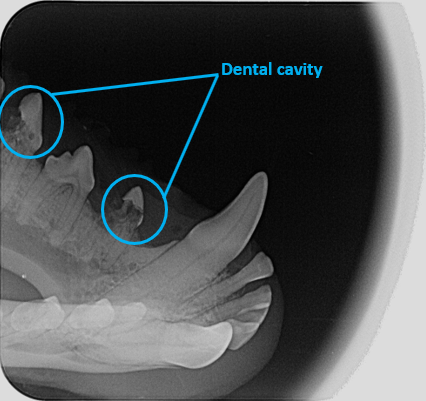 What do I do now?
What do I do now?
If you suspect that your pet needs some help with their teeth, now is the perfect time to give us a call. We know how important dental health is to the overall wellbeing of our patients so have dedicated a whole month to focus on dental disease. AUGUST IS DENTAL MONTH and during August we provide FREE dental health checks and discount dental procedures by 10%. Please call us on 3353 6999 to book now, spots are filling fast!

